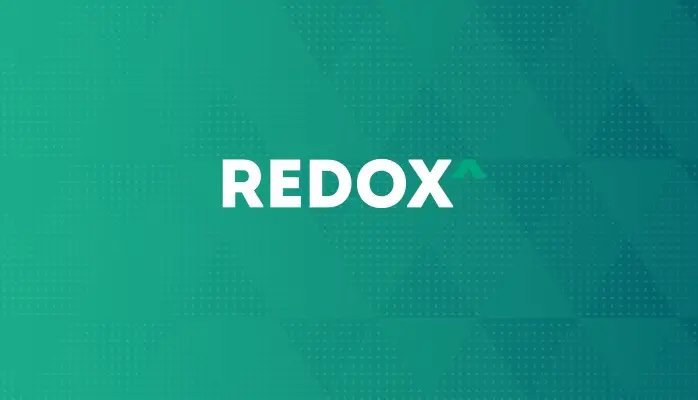

What You Should Know:
– Redox adds data on demand and single sign-on access
features to its cloud interoperability platform to help to simplify the process
of developing software for healthcare.
– Both new features are now available to all customers on
the Redox platform.
Redox
Inc., a Madison, WI-based interoperability platform for healthcare data
exchange, unveiled Data on Demand, which enables software developers to query
any electronic health
record (EHR) or healthcare data source via the Redox API. Powered by a
FHIR-conformant data storage architecture, Data on Demand is pre-built
integration infrastructure designed to simplify and normalize the integration
experience and reduce the technical burden of consuming hundreds or thousands
of messages per day. In addition, the company has added Single Sign-on that allows applications using Redox to make
it easier for providers to launch their products from within their EHR in an
efficient manner. Both features are available to all customers on the Redox
platform.
Data on Demand and Single Sign-on Simplify the Process of
Developing Software
Redox continues to expand the integration capabilities
healthcare software developers can access through a single API with these new
features:
Data on Demand converts traditional HL7 feeds into a
data store that application developers can query on demand. This provides a
consistent integration experience that works with both the push- and API-based
integrations provided by EHR companies. Regardless of how data is provided by
the EHR, Redox customers can more easily manage the volume of messages and
logic needed to update information, allowing them to focus on getting the data
that they want, when they want it. No other integration vendor can turn HL7
feeds into reusable queries.
Single Sign-On (SSO) allows customers to improve the
provider’s experience with their products by sharing login credentials and
pertinent patient or visit context along with patient data that they’ve
collected. This allows applications on the Redox network to securely connect to
other applications and share the login context for a user. Customers trust Redox
to verify that the SSO request is valid, and Redox normalizes and pulls the
information to launch the application.
“Redox continues to develop the robust integration
capabilities software developers need to navigate the fragmented world of data
exchange and interoperability in healthcare,” said Niko Skievaski, co-founder
and president, Redox. “The Redox API is transforming the way healthcare
organizations access and share data. Our company’s ultimate goal is to enable
the frictionless adoption of technology in healthcare, and we’re making great
strides as the interoperability standard and one-stop-shop for our customers.”